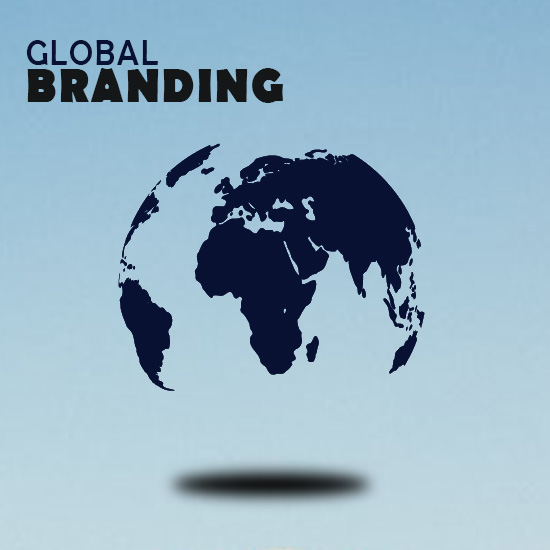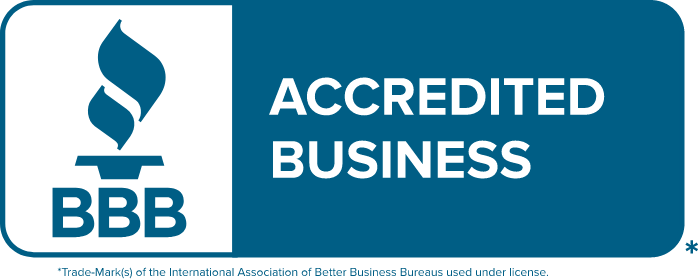Are you going to develop your business into a brand? If yes, then what type of branding will you apply, local branding or global branding? Will you outsource your project to a branding agency? You’re one step away from the basic concept that is necessary for your business branding. Just spend five minutes reading this article, and you will get a strong image to create your brand.
Types of branding are the characteristics you should know before you start branding your business. After getting knowledge about types of branding, you will be able to define your branding strategy. First, have a look at what is branding and what is a branding agency?

What is a branding agency?

Branding is a marketing practice in which a unique identity, symbol, or design represents a company. A company that specializes in branding services is called a branding agency. What is a branding agency do?
- Develop and understand the business.
- Clarify the goals and objectives.
- Communicate your goals and objectives with your audience.
Through this process, a branding agency helps you make a refined strategy to grow your brand values, promises, and position. If this is what you need, then branding agencies are also the right way for you.
A Branding Agency’s Specialization in strategy
A branding agency is specialized in some points while making brand strategy:
- Research and analysis.
- Brand naming
- Portfolio
- Brand Positioning
- Brand Identity
- Guidelines
- Brand Communications
- Brand packages designing
- Internal Branding
Branding agency reduces workload of a business. It creates and implements strategies that help your business in marketing and retaining your customers.

What is Local Branding?
Choosing a type of branding depends on business goals. Local branding is also helpful for small-scale businesses. Although, large-scale business also depends on local branding when they need to reach a targeted audience. Marketing or branding practices implementation in a small or restricted geographical area is local branding.
Targeting the local market for branding can be difficult. For this, you have to understand the scope of your local market. You should know how your local customers are searching for you. After knowing your audience, you can create an appealing local branding strategy. You can create a good strategy by following these steps.
- Local market research
- Create an ideal profile to figure out who you are.
- Create your brand values.
- Figure out your unique points than your competitors.
- Benefits of your services.
- Spend time on Local SEO
- Include influencers that your audience wants to see.
- Create Copywrite content and share it with your social media audience.
- Attend the events of your targeted geographical area.
- Run paid digital campaigns for local branding.
Before you focus on the strategies, you need to know what your audience is looking for and how much you are prepared to satisfy them. The most important part is to know that how your audience understands or concentrate on your product? How will your audience search for you?

What is Global Branding?

Global branding targets a multinational audience or an international audience. International brands like Nike, Coke, Apple, and many others are examples. If global businesses try to focus on local branding, they might lost the quality of their product. Eventually, the brands may lost their reputation in the market. Global branding strategy is difficult to cover in a small piece of paper. No doubt, global branding get affected by the minor differences in different markets’ consumer preferences. Ultimately, consumers are the power of the success of international brands.
Here are the steps one can follow for global branding.
- Understand global positioning
- Determine global brand structure
- Understand market dynamics
- Formulate your branding strategy
- Identify brand value
- Your brand strength score
These points will take point to study in detail. But in short, you don’t need to target a specific market for global branding. Their focus is to try to aware the maximum audience all over the world. A company’s international brand structure is shaped by three sets of factors, firm-based characteristics, product-market characteristics, and underlying market dynamics.


